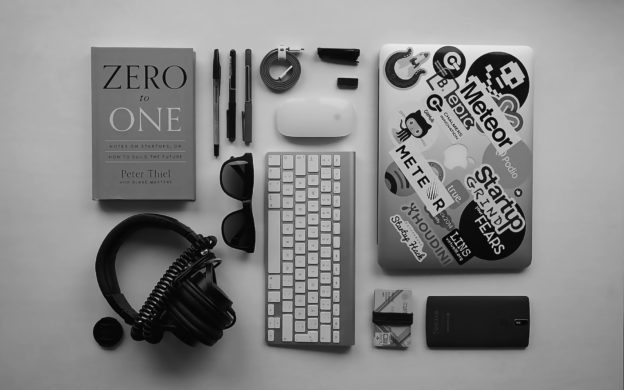Initially, I conceptualized this webinar as an attempt to articulate a pedagogical move beyond the traditional paper. As an English instructor, I (Rachel Willis) am often struck by how inadequate a paper can be in terms of figuring out what students know. I have recently begun offering live grading for students, and this practice reinforced for me that many students can articulate ideas in conversation beyond what they produce in writing.
Cynthia L. Selfe argues in “The Movement of Air, the Breath of Meaning: Aurality and Multimodal Composing” that a focus on written communication “functions to limit our professional understanding of composing as a multimodal rhetorical activity and deprives students of valuable semiotic resources for making meaning” (617). In other words, academic papers do not always assess what we want to assess, which typically includes a student’s content knowledge, critical thinking, and communication skills. Instead, academic papers might display evidence of poor time management, or learning disabilities that make writing difficult, or a student’s ability to conform to white middle class conventions. As a result, my current DH interest is in modeling and teaching knowledge production that moves beyond traditional ways of knowing and assessment.
Additionally, the work Julie Sorge Way and I do is informed by the ideas of Roopika Risam specifically and the concept of decolonizing DH generally. In preparation for this webinar, we discussed ways that we might put these ideas into practice as DH scholars, as HASTAC fellows, and as professors teaching ever-changing populations of students each semester. We decided to focus on using digital tools as an alternative to traditional pedagogy, but we also wanted to offer tips for using those tools in inclusive and practical ways. Acknowledging that technology and digital tools do not function neutrally and often reify the structural oppression of marginalized groups, we also asked how we can use digital tools in order, to stick a rather hefty name on small practices, to decolonize our little corners of academia.
We agreed that we can facilitate learning and help students make meaning through digital tools. We also agreed that the tools alone would not suffice; intervention must start with us. As a result, our webinar discusses ways we can be more inclusive and welcoming of all students. We suggest this begins with our own approach to teaching—from planning to syllabus creation to defining terms to re-framing the way we speak about resources to building in class time to go over processes that more privileged students would be familiar with. There are many ways to approach teaching intersectionally, and the ideas we offered are a sampling of a much fuller, broader menu.
After arguing that disrupting Western regimes of knowledge begins with a more inclusive, welcoming positionality, Julie and I discussed digital tools and assignments that can facilitate meaning-making. These include using social media, Wikipedia, timeline tools, mapping, web publishing, textual analysis tools, photo essays, video and board games, object creation (via tools like Sketchup or Tinkercad), podcasting, and more! We suggest that these tools, used on their own or combined with each other, can allow us to model welcoming and inclusive pedagogy and destabilize the privileged position of papers in the academy. Here are some final takeaways from our webinar:
- Think beyond “just” papers: Papers can be an excellent evaluation technique, but their use is rooted in many assumptions about thinking, knowing, and literacy. They are not always the best vehicle students have for demonstrating their learning.
- With digital tools, walk students through exploring the interface early on. Model discovery. Don’t assume students know very much and build in class-time to take them through as much as possible technology-wise.
- When in doubt, involve students in decision making. For example, allow students to work alone or in groups. Offer them two different deadline choices. Give them a selection of assignments to choose from. This is another way of acknowledging student agency and recognizing that choices students make usually play to their strengths.
- Imperfection is better than inaction. We learn from every change we make to courses and assignments, so even though we risk making mistakes, the work of a more inclusive, practical learning environment is important enough to warrant the risk.
Here is a link to the slides Julie created for our webinar. There are a few links that might be helpful as you consider ways to use digital tools in the classroom. I also linked within the slides to a couple samples of student work (used with permission) for the podcast, the timeline, textual analysis, and web publishing. As you’ll see, for the timeline and textual analysis, these samples are a part of larger student assignments that also use web publishing.
